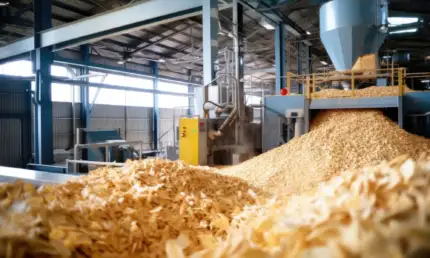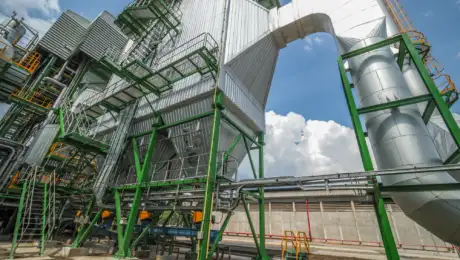
Evaluate fire and explosion risks from combustible dust layer on surfaces
The purpose of the Dust Layer Flammability Test is to determine the burning behaviour of a dust layer. The dust is classified into classes based on the reaction after ignition.
Conducting the Dust Layer Flammability Test is crucial for evaluating fire risks in facilities handling dust. This test assesses the potential for fires following initial dust explosions, amplifying the consequences. The results guide the implementation of effective countermeasures for enhanced safety.
Method
This test is performed according to EN 17077: 2018 “Determination of burning behaviour of dust layers”.
A triangular powder train is inserted inside a controlled test chamber and ignited using a strong ignition source to replicate potential ignition events in an industrial setting.
The subsequent combustion is visually observed and assessed including the flame propagation across the dust layer and the sensitivity of the dust layer to ignition, including the minimum energy required for ignition.
The test identifies fire risks, aiding in preventing severe post-explosion fires and informing safety measures.
FAQs
-
1What is the Dust Layer Flammability Test (DLFT), and why is it conducted?
The DLFT assesses the flammability characteristics of a layer of combustible dust on a surface. It is conducted to evaluate fire risks in environments where dust accumulates, helping to identify potential hazards and implement safety measures.
-
2How is the DLFT different from other dust flammability tests?
The DLFT specifically focuses on the flammability of dust layers on surfaces. It simulates real-world conditions where dust settles and may pose a fire hazard, distinguishing it from tests that assess airborne dust concentrations.
-
3What does the DLFT reveal about the flammability of a dust layer?
The DLFT provides insights into how easily a dust layer ignites, the characteristics of flame propagation across the layer, and the sensitivity of the dust layer to ignition. These results help in assessing fire risks.
-
4How often should DLFT be conducted in an industrial facility?
The frequency of DLFT depends on factors like changes in processes, equipment, or dust types. It is typically conducted as part of regular safety assessments and when modifications are made to the facility.
-
5What are some common preventive measures recommended based on DLFT results?
Common preventive measures based on DLFT results may include improved housekeeping practices, dust control systems, proper ventilation, and facility design modifications to minimize the risk of dust layer ignition.






